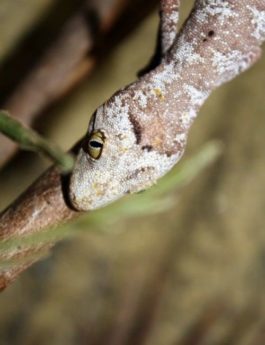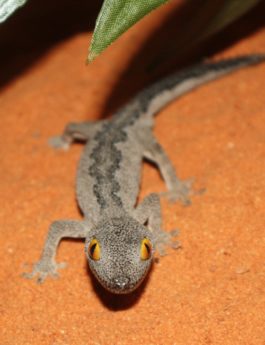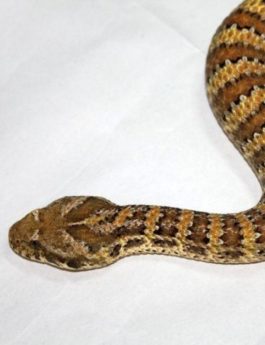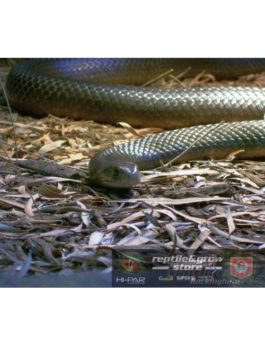North-western carpet pythons are a robust species with a large head quite distinct from the neck. they are reddish brown in colour, with darker cream edged bands along the entire length of their body, and a cream belly.
The North-western carpet pythons occurs throughout Northern Australia, from the Kimberley region through the Top End of the Northern Territory, to North-western Queensland. An arboreal species that can be found basking during the day takes shelter in tree hollows in savannah, dry sclerophyll and monsoon forests. it has also been recorded from sandstone escarpments and densely vegetated ravines.
Terrarium: North-Western Carpet Pythons are an arboreal snake that can grow to a large size, the enclosure needs to be large enough to provide horizontal logs to bask themselves on, multiple hide rocks and maintain a thermal gradient. A terrarium that is 900x60x120cm (WxDxH) would be suitable to house a mature Carpet Python, for a pair of Mature Carpet Pythons 120x60x120 would provide an enclosure with adequate room for both snakes.
Lighting & heating: UVB lighting is not essential to Carpet Pythons, however a low 2.0 spectrum fluorescent globe can be used for viewing purposes. Heating can be provided with a heat tile, mat or cord to maintain a ground surface temperature of 32°C in the hot spot. Ambient heat can be provided with an infrared heat globe to maintain a daytime temperature of 36°C in the warm end and 25°C in the cool end, on warmer days you may not need to turn on the heat globe as the ambient temperature of the enclosure may already be high enough. A thermometer should always be used to monitor the temperature within the enclosure.
Furnishings: It is important to provide your Carpet Python with a large enough of hide cave, a water bowl at the cool end, and artificial plants will give coverage and decoration. Large horizontal Logs and vines can be used within the enclosure to provide climbing enrichment. A pet bedding wood chips such as Chipsi or Critter Crumble can be used as a substrate.
Food in captivity: All snakes in captivity must be fed dead food. A Carpet Python will eat a variety of frozen and thawed mice, rats and chickens of appropriate sizes. On average they will have 1-2 food items every 7-10 days.
The essentials:
- Terrarium of appropriate size
- Tummy heating
- Thermometer
- Infrared Heat globe
- Water bowl
- Substrate
- Hide caves
- Foliage for shelter
- Large logs






